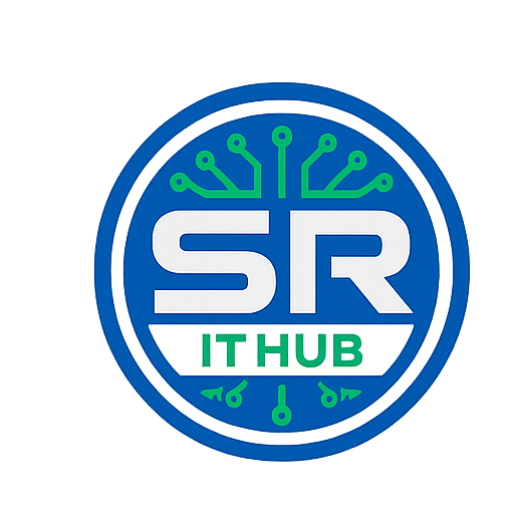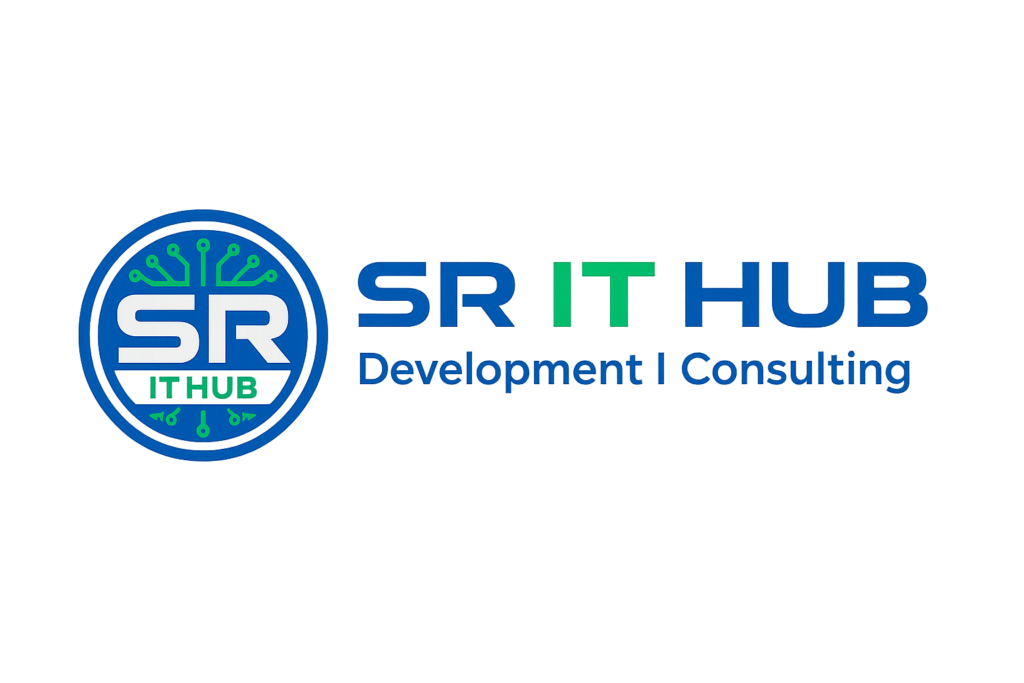ABSTRACT
Distributed machine learning (DML) can realize massive dataset training when no single node can work out the accurate results within an acceptable time. However, this will inevitably expose more potential targets to attackers compared with the non-distributed environment. In this paper, we classify DML into basic-DML and semi-DML. In basic-DML, the center server dispatches learning tasks to distributed machines and aggregates their learning results. While in semi-DML, the center server further devotes resources into dataset learning in addition to its duty in basic-DML. We firstly put forward a novel data poison detection scheme for basic-DML, which utilizes a cross-learning mechanism to find out the poisoned data. We prove that the proposed cross-learning mechanism would generate training loops, based on which a mathematical model is established to find the optimal number of training loops. Then, for semi-DML, we present an improved data poison detection scheme to provide better learning protection with the aid of the central resource. To efficiently utilize the system resources, an optimal resource allocation approach is developed. Simulation results show that the proposed scheme can significantly improve the accuracy of the final model by up to 20% for support vector machine and 60% for logistic regression in the basic-DML scenario. Moreover, in the semi-DML scenario, the improved data poison detection scheme with optimal resource allocation can decrease the wasted resources for 20-100%.
EXISITNG :
A series of works were conducted [16]–[23], focusing on non-distributed machine learning context. Recently, there are a couple of efforts devoted in preventing data from being manipulated in DML. For example, Zhang et al. [24] and Esposito et al. [25] used game theory to design a secure algorithm for distributed support vector machine (DSVM) and collaborative deep learning, respectively. However, these schemes are designed for specific DML algorithm and cannot be used in general DML situations.
PROPOSED SYSTEM:
In this paper, we discussed the data poison detection schemes in both basic-DML and semi-DML scenarios. The data poison detection scheme in the basic-DML scenario utilizes a threshold of parameters to find out the poisoned sub-datasets. Moreover, we established a mathematical model to analyze the probability of finding threats with different numbers of training loops. Furthermore, we presented an improved data poison detection scheme and the optimal resource allocation in the semi-DML scenario. Simulation results show that in the basic-DML scenario, the proposed scheme can increase the model accuracy by up to 20% for support vector machine and 60% for logistic regression, respectively. As to the semi-DML scenario, the improved data poison detection scheme with optimal resource allocation can decrease wasted resources for 20-100% compared to the other two schemes without the optimal resource allocation. In the future, the data poison detection scheme can be extended to a more dynamic pattern to fit the changing application environment and attacking intensity. Besides, since the multi-training of sub-datasets would increase the resource consumption of the system, the trade-off between security and resource cost is another topic that needs to be studied further.
SYSTEM REQUIREMENTS
SOFTWARE REQUIREMENTS:
• Programming Language : Python
• Font End Technologies : TKInter/Web(HTML,CSS,JS)
• IDE : Jupyter/Spyder/VS Code
• Operating System : Windows 08/10
HARDWARE REQUIREMENTS:
Processor : Core I3
RAM Capacity : 2 GB
Hard Disk : 250 GB
Monitor : 15″ Color
Mouse : 2 or 3 Button Mouse
Key Board : Windows 08/10

